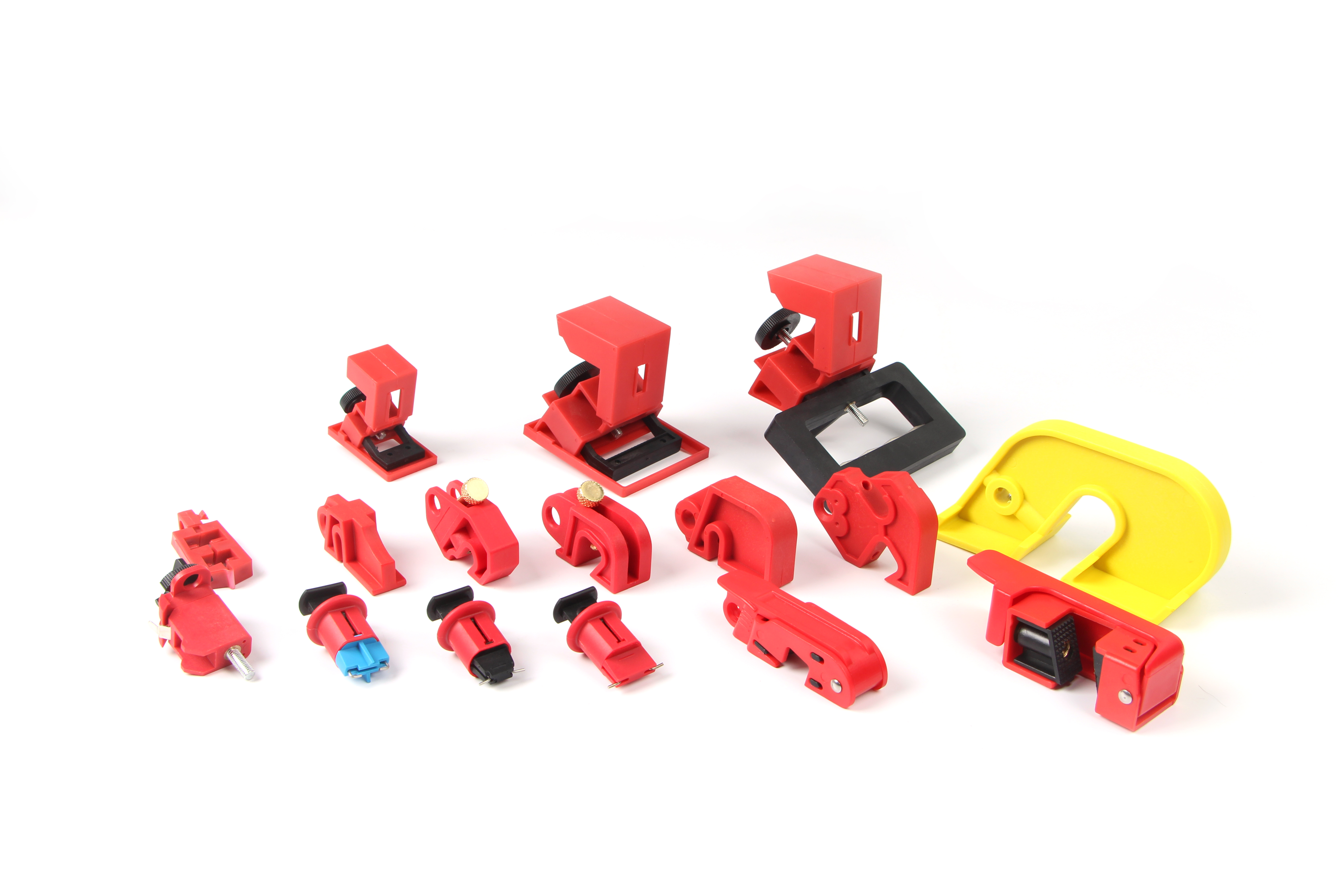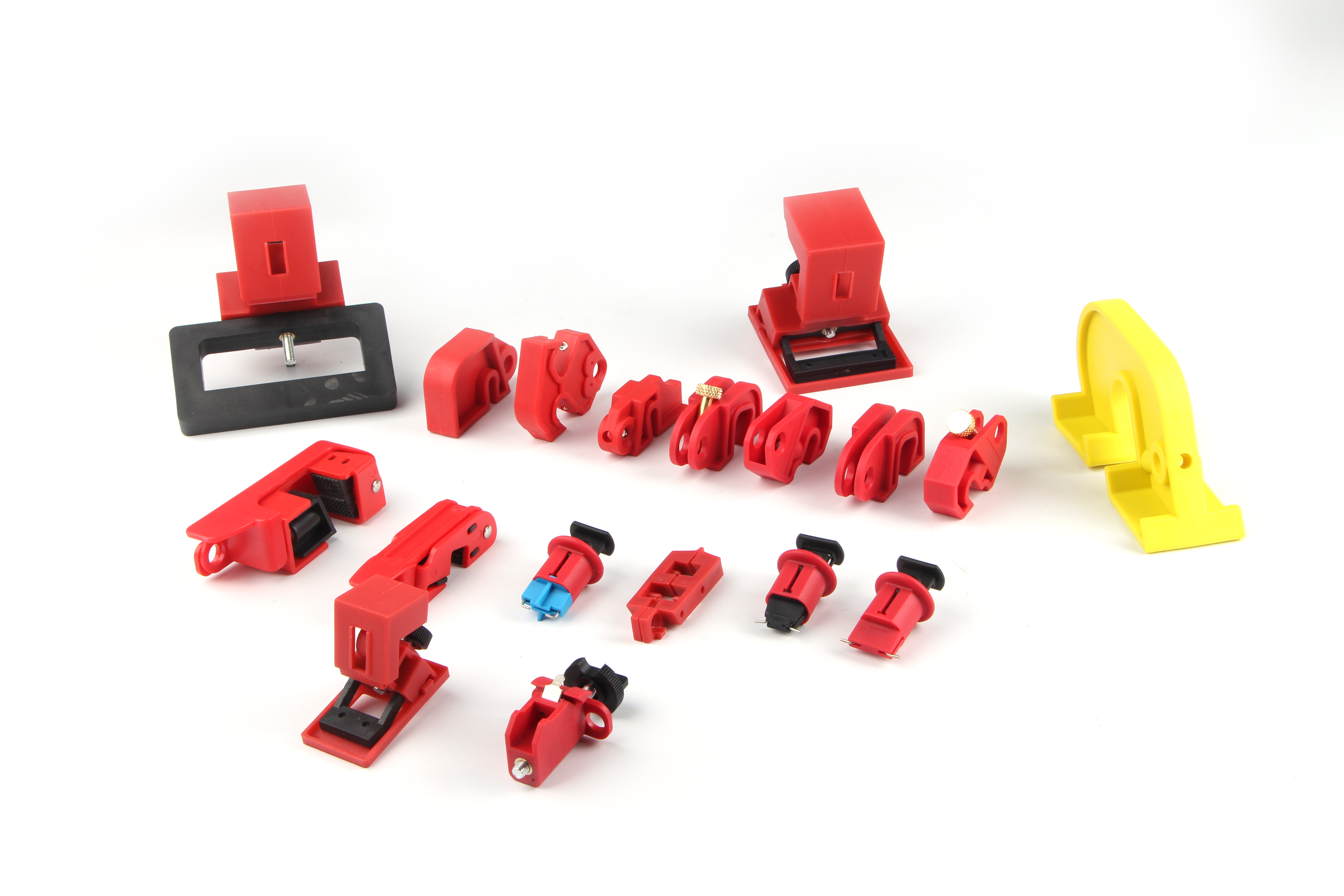
Synthesis of Polycarbonates from Carbon Dioxide and Diols

Schematic diagram of the synthesis method developed this time
Northeastern University of Japan and Tokyo University of Science announced on April 15, 2016 that it has developed direct catalysts for the direct polymerization of carbon dioxide and glycols (aliphatic or alicyclic compounds in which two hydroxyl groups are bonded to two different carbons). Method of synthesizing polycarbonate.
From the viewpoint of carbon dioxide emission reduction and realization of low-cost and safe reaction reagents, technologies for synthesizing useful chemicals using carbon dioxide are highly anticipated. However, carbon dioxide is chemically stable and has low reactivity, making it difficult to achieve conversion.
Polycarbonate is a useful engineering plastic, and its production is also large. If it can be synthesized with carbon dioxide, it is expected to make a great contribution to reducing carbon dioxide emissions. The synthesis of polycarbonates with carbon dioxide and glycols is recognized as the simplest and cleanest method, but this method has severe restrictions on the conversion rate based on chemical equilibrium. Previous studies have not found that effective catalysts have been found.
The method developed this time uses cerium oxide (SeO2) as a catalyst, pressurizes a solvent added with 1,4-butanediol and 2-pyridinecarbonitrile at 50 atm (5 MPa), and reacts at 130°C. . The researchers have confirmed that the polycarbonate can be obtained with a high yield of 97% (molecular weight 1070, dispersion 1.33) through an 8 hour reaction. In addition, polycarbonates that meet the requirements can be obtained with high yields (94 to 99%) when using a variety of long-chain glycols.
Previously in the direct synthesis of polycarbonates using glycols, only the use of phosgene and other harmful reagents. This time the method gives the possibility of one-step synthesis of polycarbonate with harmless carbon dioxide and glycol. In addition, by using biomass-derived dihydric alcohols that have been actively studied in recent years, it is also expected to synthesize green polymers that do not use petroleum resources.
The study was conducted under the funding of the Japan Public Welfare Trust’s ENEOS Hydrogen Fund. The relevant results were published in the electronic version of the scientific journal Scientific Reports, which was published on April 14 (UK time). (Special Contributor: Kudosuke)
These durable user friendly MCB Lockoff Devices may be used to keep workers safe in many environments. They are available in many different varieties to suit your needs.
Circuit Breakers are an ideal way to centralise an isolation point on an electrical circuit, as well as providing an alternative where masses of fuses may be required. However, if you are using them to isolate a piece of equipment, they can still be reactivated by anyone who may be nearby. To this end, these Mini Circuit Breaker Lockouts provide the solution; they prevent reactivation of any circuit breaker (accidental or otherwise) and reduce the risk of electrocution while maintenance is being performed.


Circuit Breaker Lockout,Lockout Breaker,Universal Breaker Lock,Lockout Circuit Breaker
Lockey Safety Products Co., Ltd. , https://www.lotolockey.com